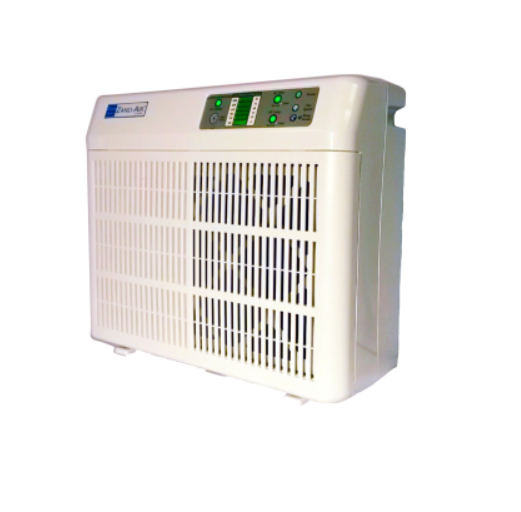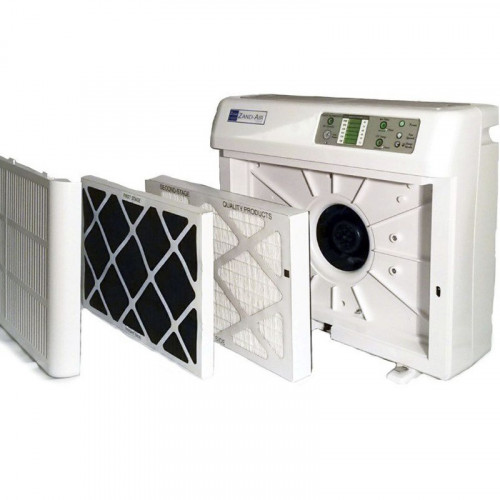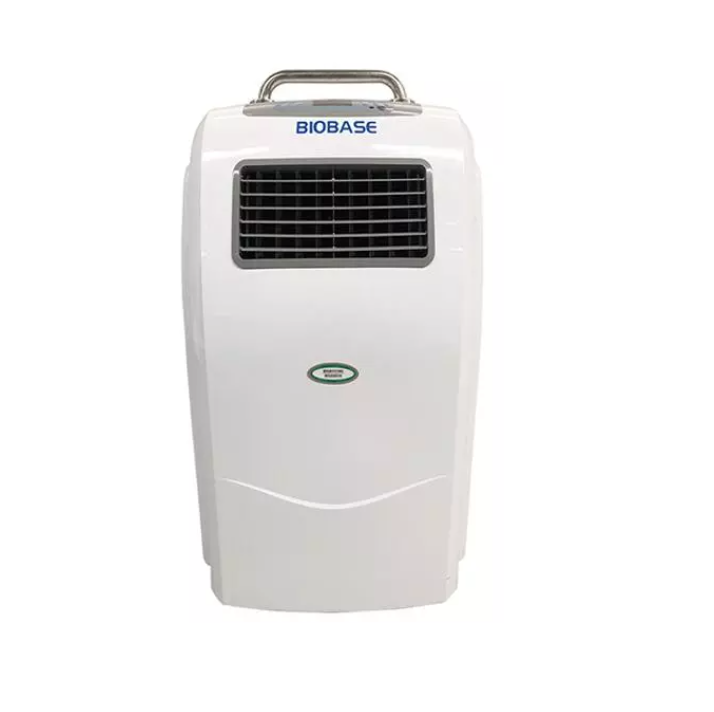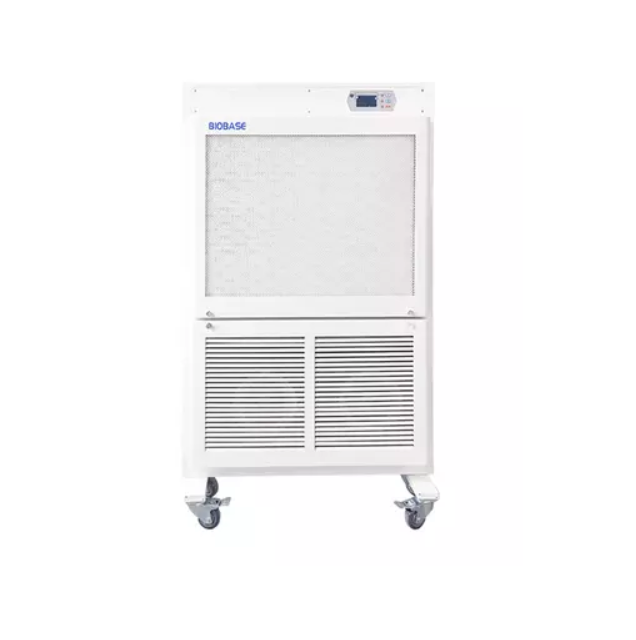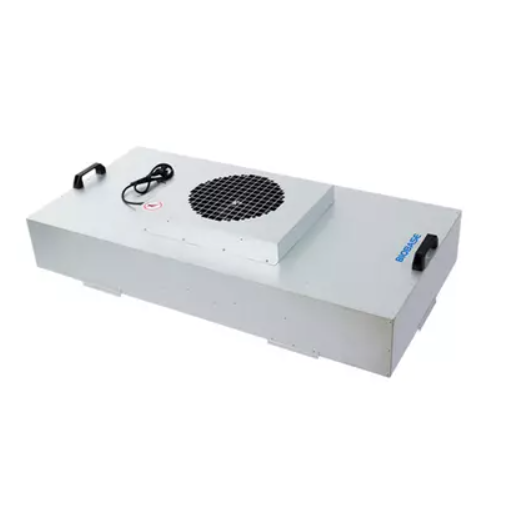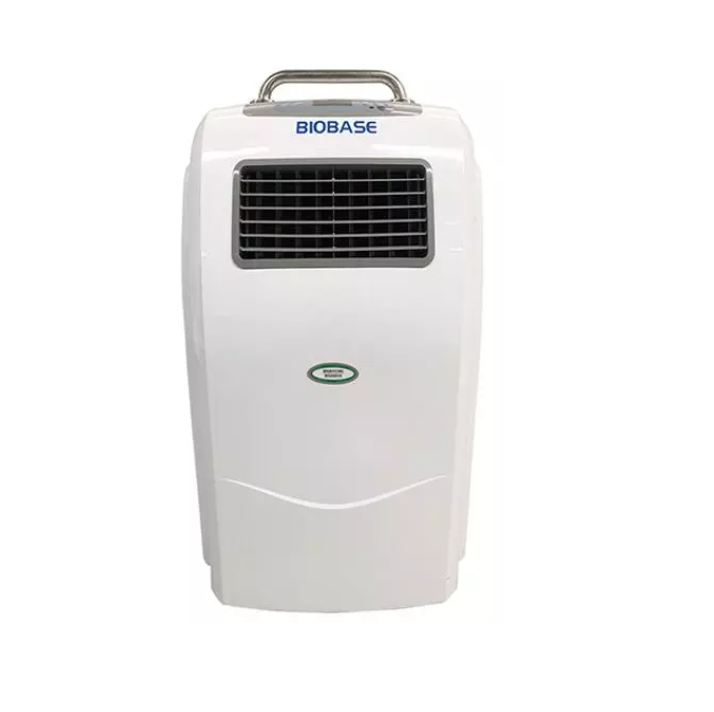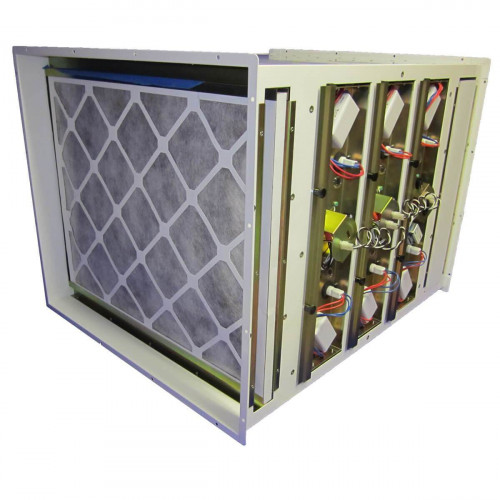ZANDAIR 100P CLEAN AIR
On demandZANDAIR 100P CLEAN AIR (Pathology)
The ZANDAIRTM 100P CLEAN AIR Air Purification System is a portable unit, specifically developed to meet the demands in anatomical pathology and forensic laboratories where formalin and other toxic hydrocarbons are prevalent. They are effective in areas where pathology chemicals are used and regular refilling for automated and manual slide stainers and processors is required.
Photocatalytic Purification Cleans Air Down to the Last Molecule:
The key to effective air filtration of damaging volatile air compounds is in the Photocatalytic Oxidation. The chemical compounds becomes highly reactive when exposed to a specific wavelength of ultraviolet light. The photocatalyst attracts pollutants and converts them into benign compounds such as water (H2O) and carbon dioxide (CO2). The catalyst is such that it does not wear out or lose its effectiveness as a result of its actions.
The UV lamp used in the 100P has an output in the 254-nanometer wavelength range. This wavelength destroys bacteria and viruses and does NOT produce ozone. Ozone is not detected in any measurable quantity at the exit grill of an operating 100P. UV light is not reflected by most surfaces but adsorbed and thus cannot exit through the outlet grill of the 100P. The “blue” visible light seen when the unit is operating is characteristic for the UVC lamp, and is not an indication of UV radiation emission.
ZANDAIR™ 100P Four Step Air Purification Process:
STEP ONE: Adsorbs Toxic Chemicals and Gases
The front position Activated Carbon Filter with specially formulated gas adsorption media (including zeolite and potassium permanganate) adsorbs automobile exhaust fumes, organic hydrocarbons, formaldehyde from particle boards used in construction, paint, solvents, chlorine, cleaning chemicals, volatile organic compounds (VOCs), chemically active compounds (CACs) and other harmful agents.
STEP TWO: Higher Adsorption of VOCs and CACs
A second Activated Carbon Filter increases the ‘dwell time’ providing a higher adsorption of VOCs and CACs.
STEP THREE: Photocatalytic Oxidation Destroys Toxic Chemicals and Eliminates Odors
Photocatalytic Oxidation converts toxic malign compounds (even carbon monoxide and nitrous oxide) into benign constituents such as water (H2O) and carbon dioxide (CO2). The catalyst is such that it does not wear out or lose its effectiveness as a result of its actions.
STEP FOUR: Ultraviolet Light
Ultraviolet light attacks the molecular structure of viruses and bacteria, which are too small to be filtered out by the HEPA filter, thus rendering them harmless. Ultraviolet light converts VOCs and CACs into H2O and CO2. Ultraviolet light technology combined with Photocatalytic Oxidation is an important and unique feature of this air purification / filtration system.
Electronic Sensors:
Electronic sensors monitor air quality and automatically increase the performance of the air purification system to compensate for periods of unusually high chemical activity and increased human activity.
Warning lights alert staff to the presence of toxic chemicals and fumes well before they reach dangerous levels or become detectable to the human senses. In the absence of high activity the air purification system can switch into a sleep mode and ‘wakes up’ as soon as it detects activity.
Components
The ZANDAIR™ 100P air purification system consist of the following:
- Air inlet grill with safety locks
- Two (2) activated carbon filter, which adsorbs toxic chemicals and gases,
- Photo-catalytic oxidation chamber
- High output UVC lamp
- High efficiency low noise reversed curved motorized impeller with sealed ball bearings.
The ZANDAIRTM 100P unit is encased in a high impact ABS plastic with no off-gassing and is lightweight and portable.
The ZANDAIR™ 100P significantly reduces: Mold, Fungus, Cleaning Chemicals, Nitrous Oxide, Solvents, Ozone & Smog, Hair Spray, Perfume, Alcohols, Ammonia, Chlorinated Solvents, Carbon Monoxide, Over 50 other chemicals were significantly decomposed
MoreThere are no specifications
There are no report
You May Also Like
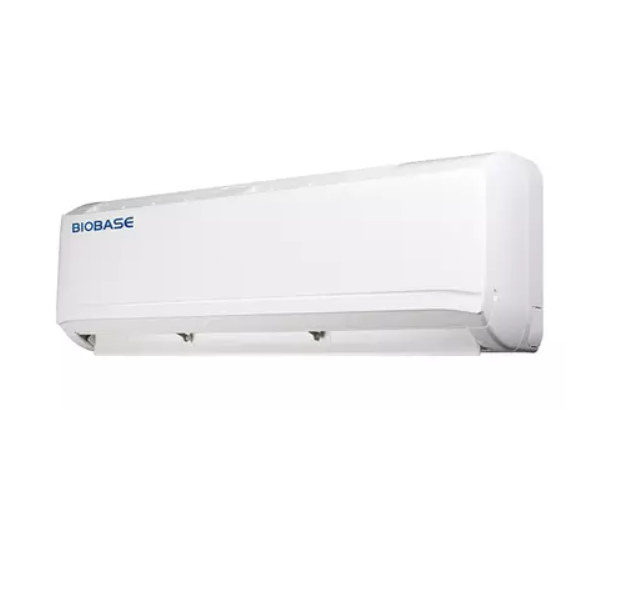
BIOBASE™ UV Air Sterilizer (Wall Mounted), Circulating Air ≥600 m3/h
$ On demand


